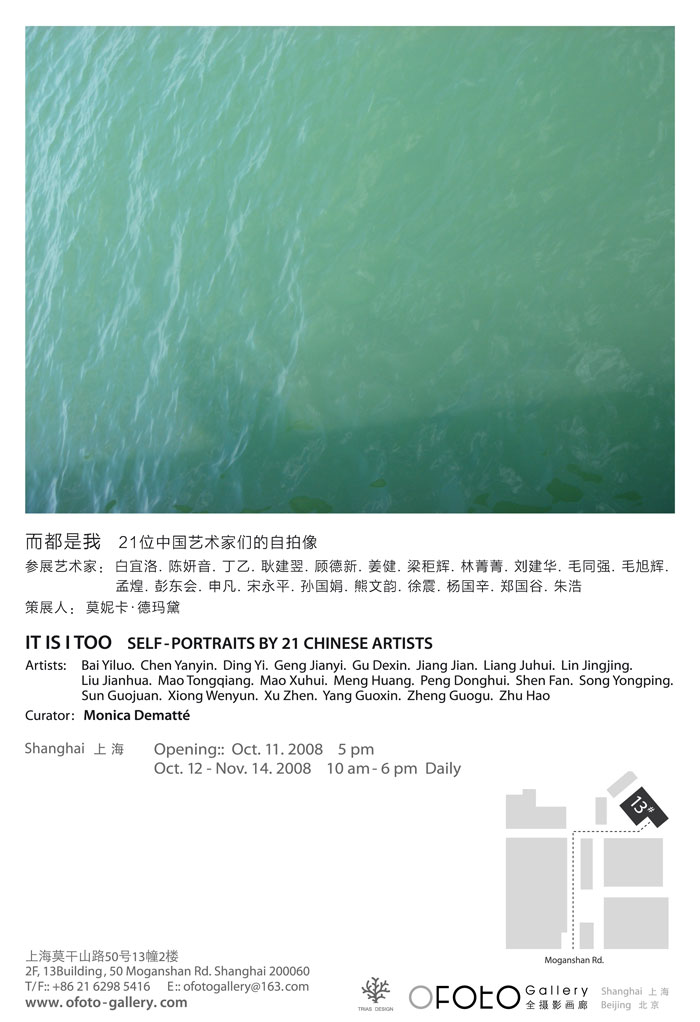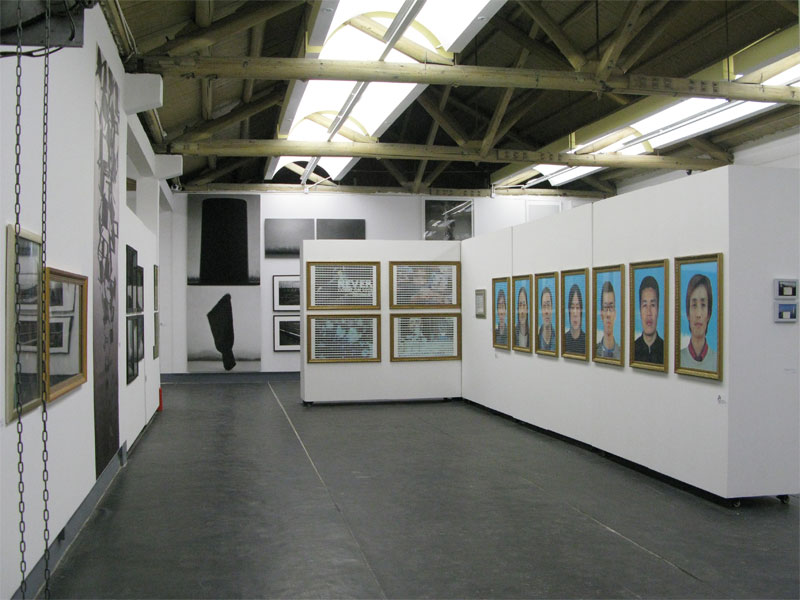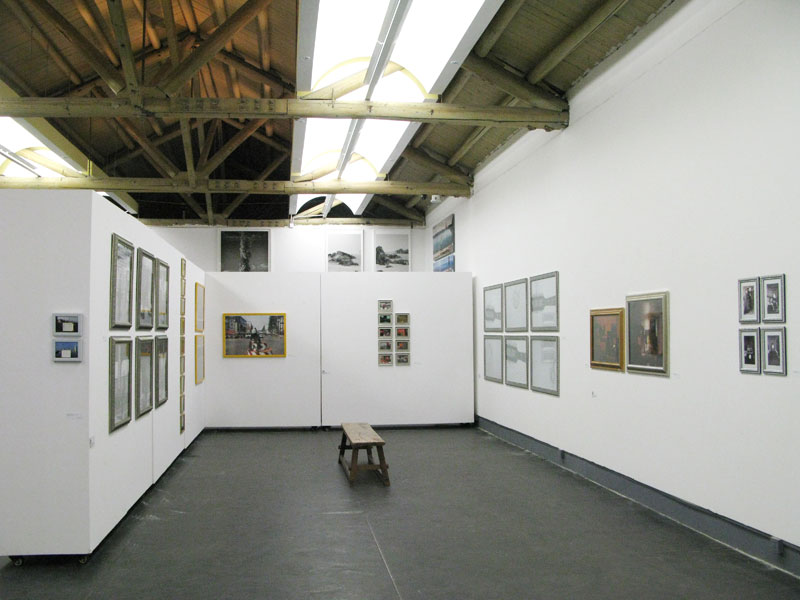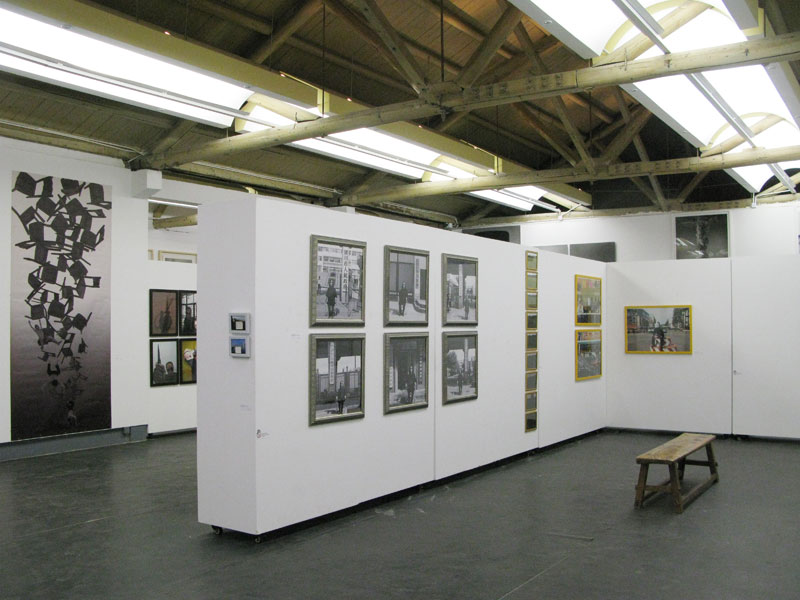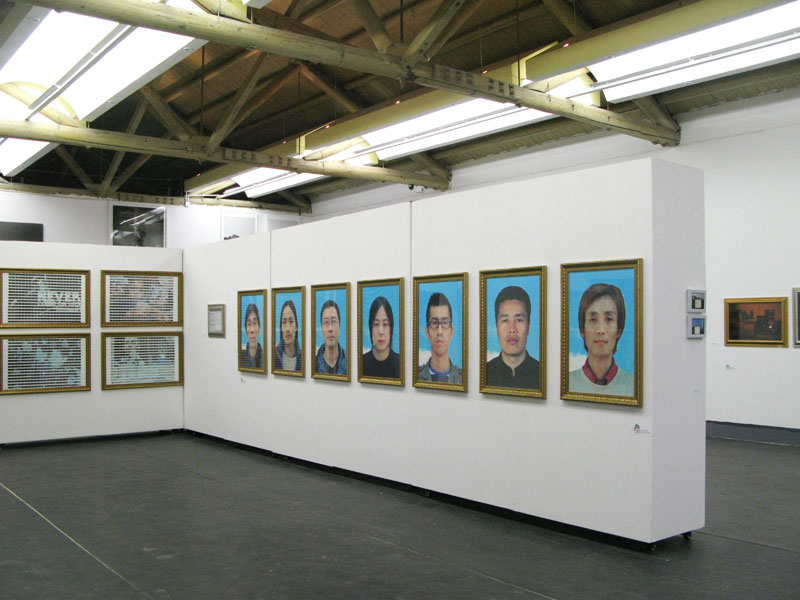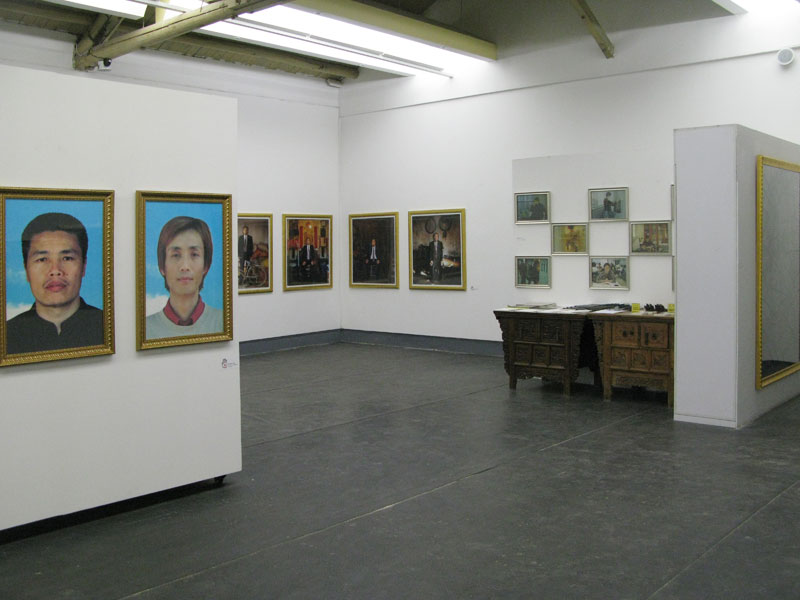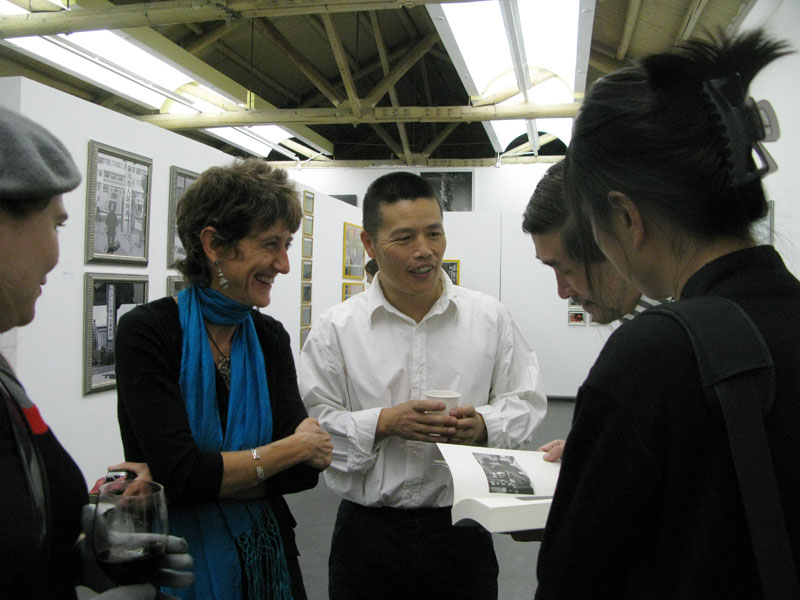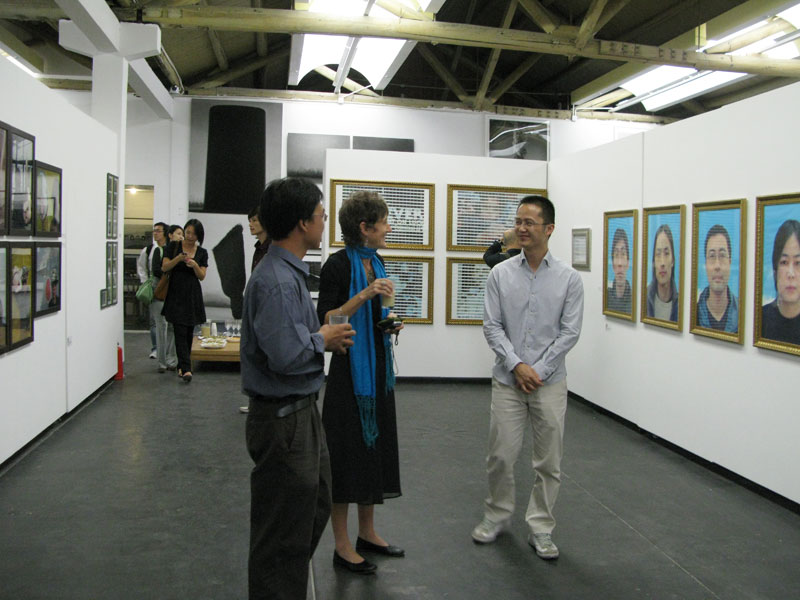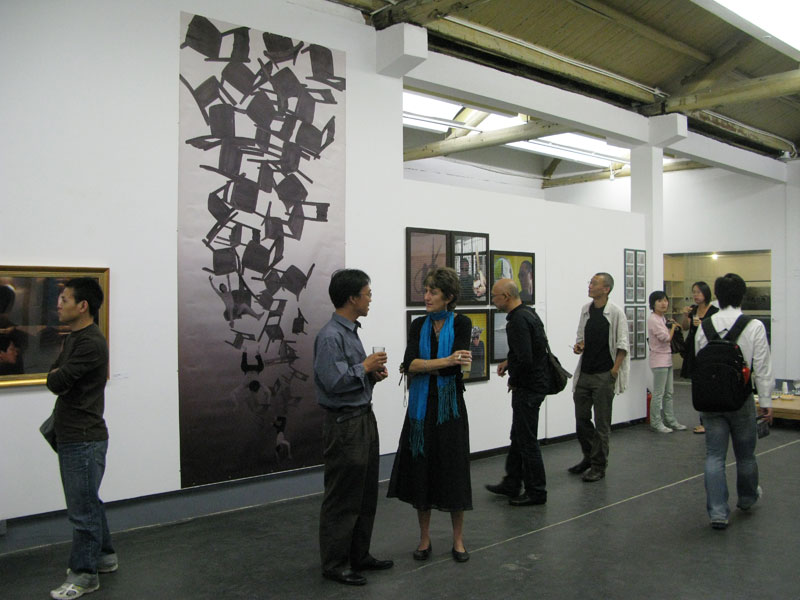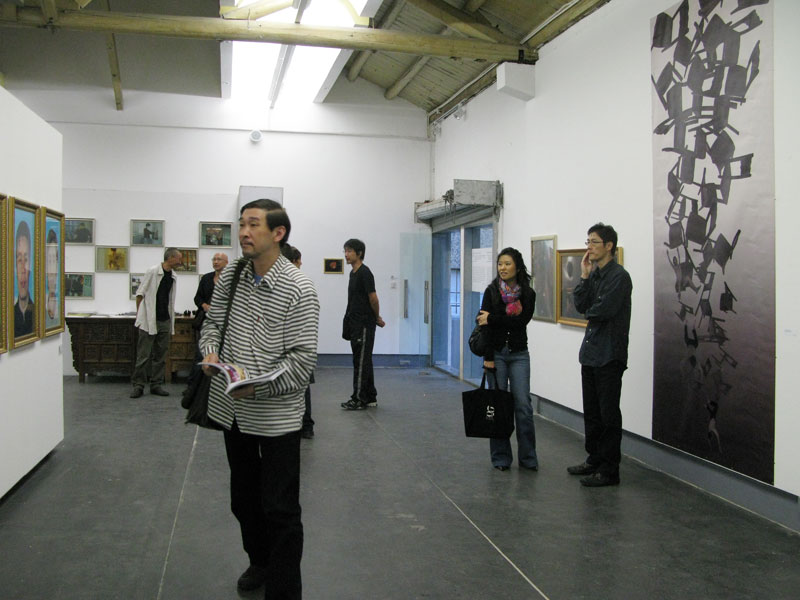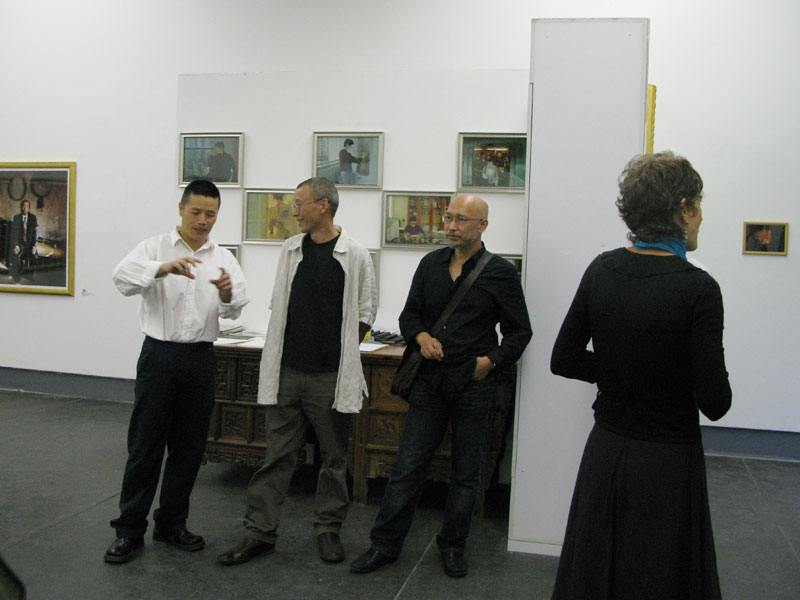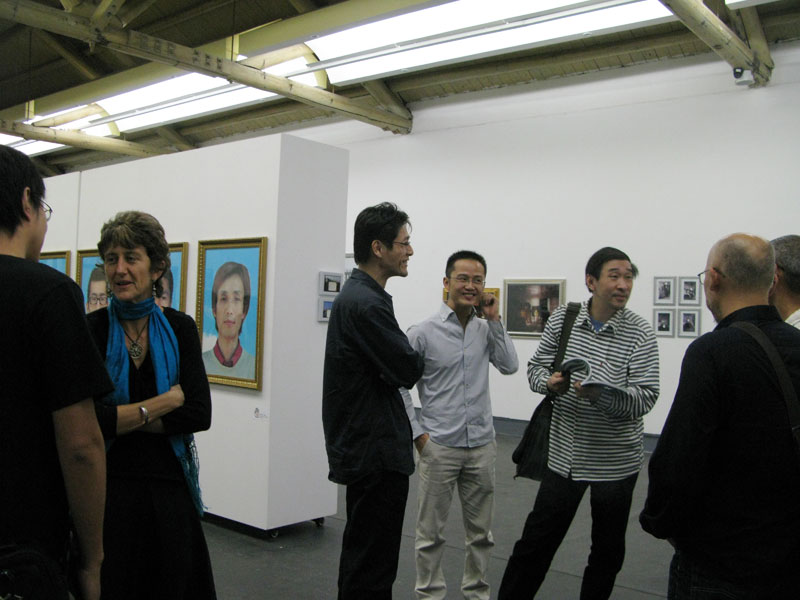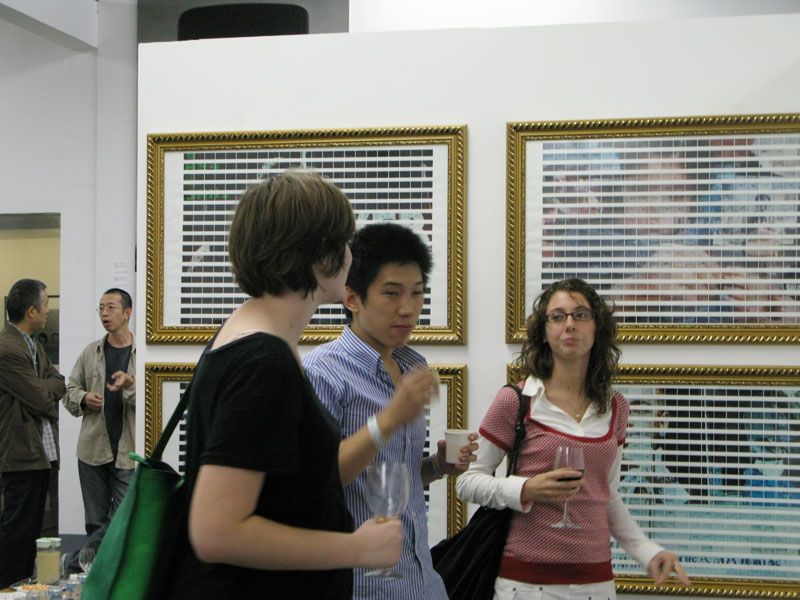It Is I Too - Self-portraits of 21 Chinese Artists
by Monica Dematté
“We never attain fulfillment. We are as a dual abyss: a well staring up at the Sky.” – F. Pessoa
This is the second edition of a project I hope to be able to continue for five years, collecting a total of 100 photographic self-portraits by the same number of contemporary Chinese artists. The first segment of this search for the “self,” which was proposed in 2003 to about twenty artists, was shown on three occasions: at the Pingyao International Photography Festival in 2003, the Beijng Tokyo Art Projects in the fall of 2004, as well as a September 2005 show at the Galleria Carla Sozzani in Milan. In the meantime, the works by the artists exhibited here were“commissioned”and conceived.
As I made clear upon the opening of the previous exhibition, entitled IT IS I (都是我 in Chinese), the aim of this project is not that of assembling a series of works of indubitable aesthetic and artistic value, but rather that of stimulating the artists to reflect upon themselves and upon the image they consider to best represent them, translated into the language of photography. The artists summoned here are not all photographers; some are painters, sculptors, or multimedia artists. Contrary to what one may think, the fact of being obliged to use the medium of photography does not necessarily favor those who regularly employ it professionally. Sometimes it is the feeling of freedom and novelty that a medium we are unused to working with elicits that helps us to produce works of remarkable depth and unusual freshness. In any case, the challenge lies not so much in detaching ourselves from that which we know only too well and that often does not represent us as we really are, but rather from what we know or believe others expect from us.
This year, besides an expert on the psychology of art, Maurizio Giuffredi, whose studies mainly focus on the analysis of photographic self-portraits (he has gathered about ten thousand of them), for the exhibit"s “interpretive” section, I have also invited Gu Zheng, a photography expert who has deeply delved into the subject in question. I have chosen to pair each photographic work with a commentary by one of the three theorists (the third one is me), so that viewers may have easy, immediate access to both. In just a few cases more than one of us has written about the same artist. The reader will quickly realize that Giuffredi, Gu Zheng and I considerably differ in our approaches and points of view. While the first is decidedly psychoanalytical, Gu Zheng’s more concise approach and my own are based on our being personally acquainted with the artists and/or socio-cultural background in which their works were conceived.
There is no absolute truth or certainty to be sought in these interpretations; on the other hand, not even the artists can have the last word regarding their works and the reasons that motivated them to create them, and that is exactly what renders their enterprise interesting as far as I’m concerned. In fact, I hope the theorists’commentaries on their works in some way“enlighten” the artists themselves regarding some hidden corner of their psyches. Undoubtedly, their creativity has allowed them to expand the understanding of we, the viewers.
To this end, there are those who, having viewed the works in the previous edition of this exhibit, have commented that some of the artists have not taken the task assigned to them seriously, thus producing works that resemble scholastic exercises rather than mature works. On one hand, this may partially be due to the fact that the works were “commissioned” and, as such, are not altogether spontaneous (granted that absolute spontaneity exists at all). On the other, it depends on an approach that, for some, is excessively aimed at specific ends (mostly market-oriented) and which has almost completely taken hold of them, thus making it difficult for them to find the time and dedication to produce something that doesn’t follow a predictable, well-beaten path. I hope that, as time passes and the current project proceeds its course, those whom I shall involve in the future will find a way to reflect upon themselves and their relationship to art and photography in an increasingly authentic way. I cannot be certain that all the artists have assumed as their guiding principle that of infusing their work with as much truth as possible. I have however noticed that, to a discerning eye, even those works produced in “bad faith,” in which the artist’s mask is not removed and a long-consolidated role continues to be played, nonetheless betray some aspects of the artist’s personality.
I am convinced that the each edition of this exhibition, comprising twenty (or nineteen, or twenty-one) self-portraits, will cumulatively form a collective mosaic that will tell us much about the protagonists of Chinese contemporary art in psychoanalytic, sociological, cultural and, certainly, poetic, terms.
Shanghai, works-in-progress, 2004-2005
